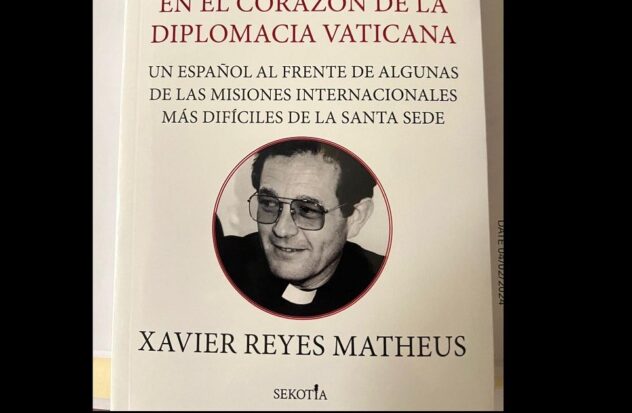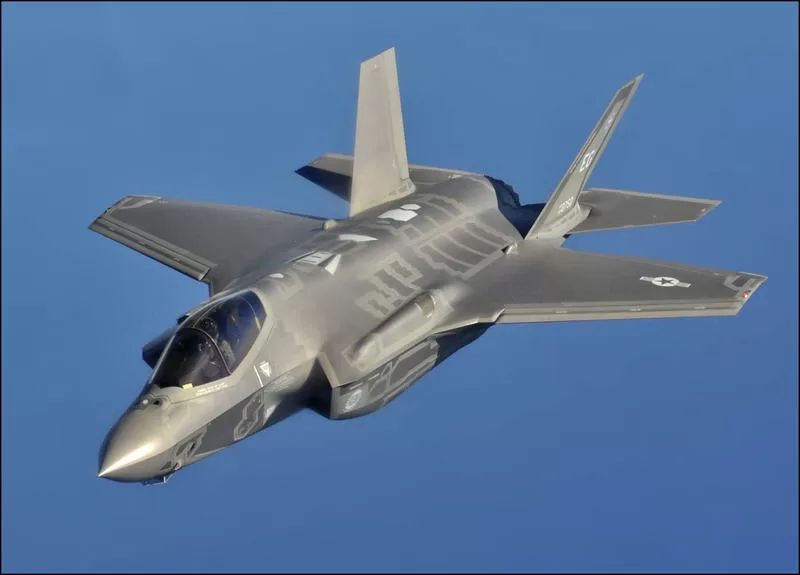MADRID.– The book was recently presented in Madrid Monsignor Faustino Sainz. At the heart of Vatican diplomacy. A Spaniard in charge of some of the most difficult international missions of the Holy See.
The work, written by the historian Xavier Reyes Matheus, effectively reconstructs the life of Bishop Faustino Sainz Muñoz, born in Almadén (Spain) in 1937, and who, upon his death in 2012, deserved the obituary of The Times he remembered how “a high-fliying church diplomat”.
This was not a lightly worded description: John Paul II himself even referred to Monsignor Sainz as “my most political nuncio”; Although, after studying law and deciding on the priesthood following what was considered a late vocation, the expectations of the newly ordained Sainz were oriented more toward the tasks of parish life.
But, in 1967, an unexpected decision from the Vatican’s highest echelons called him to Rome to join the Pontifical Ecclesiastical Academy, the select institution that trains its students in the oldest and most prestigious diplomacy in the world.
Since then, the career of the Spaniard – named bishop in 1988 – would be projected towards multiple fronts of that difficult world in which the embers of the great conflicts for which the 20th century had been marked were still burning.
In 1978, regarding the dispute over the Beagle Channel between the Chilean dictatorship of Pinochet and that of the Argentine Military Junta, the man from Almaden flew to the Southern Cone with Cardinal Samoré, where both, as representatives of the papal mediation, achieved stop an imminent war at the last minute.
In 1989, the year of the fall of the Berlin Wall, Sainz made his debut as nuncio in Cuba in which Fidel Castro sought to resist the perestroikawhile the new situation precipitated the island into the so-called “special period”.
The book recalls the occasions on which Castro visited the Vatican diplomatic headquarters in Havana; some unannounced appearances, which, however, Monsignor Sainz used to predict with the ironic phrase: “The Truth is about to arrive.”
In 1992, the prelate was appointed to lead the nunciature of a Zaire that, in the midst of the decomposition of the Mobutu regime, experienced terrifying violence aggravated by the Rwandan genocide. Back in Europe, Sainz Muñoz was appointed by Wojtya as the first nuncio to the European Union, and his efforts were devoted to trying to achieve express recognition of the Christian roots of Europe in the text of the Community Constitution that was ultimately not approved. . The diplomatic career of the Spanish prelate was suddenly cut short when, at the head of the nunciature in London, and after organizing the official visit of Benedict XVI to the United Kingdom, a terminal illness forced him to retire.
The biography written by Reyes Matheus, in which letters and documents from the personal archive left by Monsignor Sainz have been included, is a human approach to the character., whom we can also see, in the numerous photographs that accompany the text, during his private meetings with figures such as Mother Teresa of Calcutta, Kings Juan Carlos and Sofia of Spain, Queen Elizabeth II of England, Fidel Castro and, of course, of course, the pontiffs Paul VI, John Paul II and Benedict XVI. The Spanish bishop’s life itinerary thus becomes a journey through the great processes that marked the post-war period: the Cold War, decolonization, the Marxist revolution in Latin America, the Spanish Transition, European unity. All of this is examined in light of the challenges assumed by the Catholic Church, since the convocation of the Second Vatican Council, to renew its pastoral mission in the contemporary world.
Source: WRITING


